DNA strands decorating cell membranes like ‘Velcro’ program the adhesion of cells to other cells or to extracellular matrices to build tiny tissue models.
DNA nanotechnology guides assembling cells into ‘Organoids’
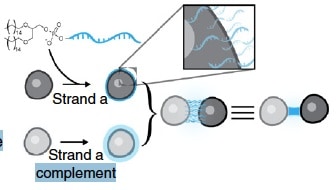

DNA strands decorating cell membranes like ‘Velcro’ program the adhesion of cells to other cells or to extracellular matrices to build tiny tissue models.

The ability to dope graphene nanoribbons with boron atoms to atomic precision opens a range of possible new applications, from chemical sensing to nanoelectronics to photocatalysis to battery electrodes.
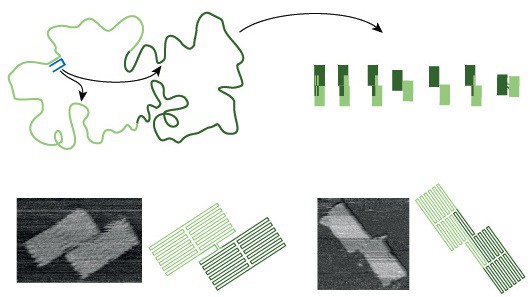
Designing a small DNA origami that can fold in several almost equivalent ways demonstrates how understanding and guiding the folding pathway can improve the efficiency of the folding process, potentially leading in more complex situations to higher yields of the desired nanostructure and fewer misfolded structures.
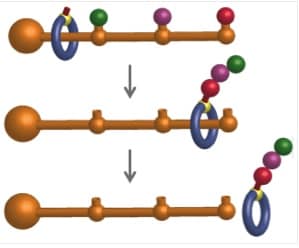
An extensive review of artificial molecular machines, their large-amplitude motions, and the changes these motions produce, emphasizes small molecules and the central role of chemistry in their design and operation.
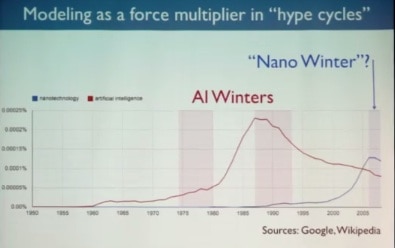
Dr. Alex Wissner-Gross surveyed the interplay between programmability of bits and atoms in the development of technology, asking how the recent successes with programming bits can help nanotechnology progress in programming atoms.

Simple molecular switches based upon bistable mechanically interlocked molecules can be incorporated within pre-assembled metal organic frameworks and addressed electrochemically.
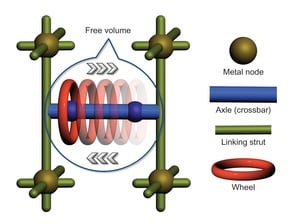
A review of molecular parts that act as switches, motors, and ratchets illuminates similarities between artificial and biological molecular machines and argues that useful applications are coming.
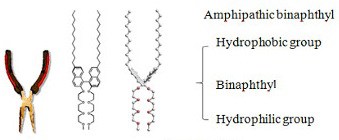
A pliers-shaped molecule in which two covalently linked naphthalene moieties serve as the hinge connecting the two halves of the pliers, and each naphthalene connects the hydrophobic handle with the hydrophilic jaw of that half, opens and closes in response to surprisingly little energy applied to a molecular monolayer.
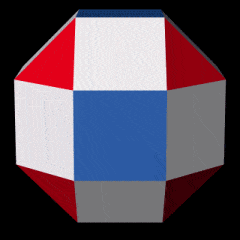
A new set of design rules enables constructing any wireframe nanostructure, which may lead to new medical applications and new nanomachines.
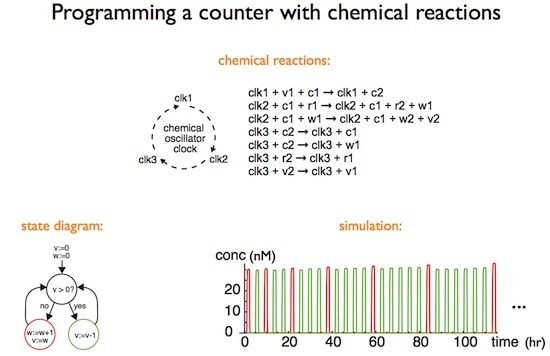
Modeling DNA strand displacement cascades according to three simple rules can in principle mimic the temporal dynamics of any other chemical system, presenting a method to model regulatory networks even more complicated than those of biology.